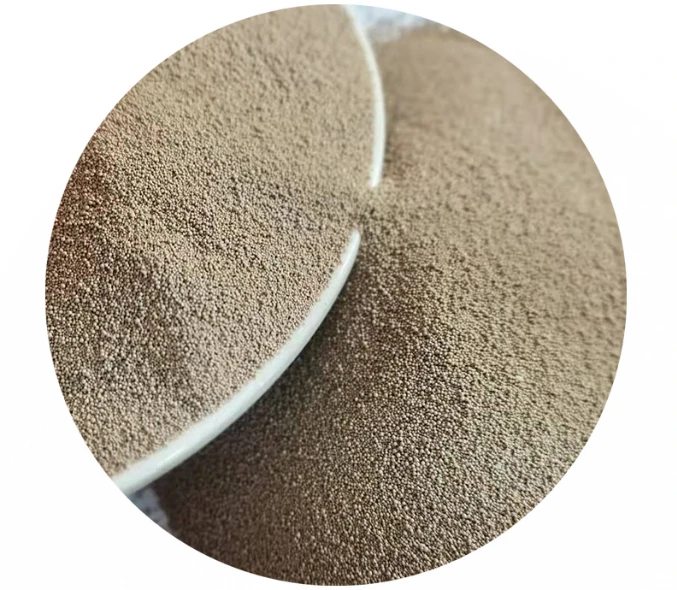

Labor costs are inextricable from the price dynamics of sand casting. Manufacturing facilities located in regions with lower labor costs can offer more competitive pricing, although these savings must be weighed against other factors such as shipping and potential quality discrepancies. Skilled labor ensures precision and quality of the final product, which is why higher labor costs may also equate to superior quality in the final casting. Additionally, the technological capabilities within a foundry impact pricing. Foundries equipped with state-of-the-art technology, such as automated molding machines, may reduce labor time and enhance product consistency, often justifying higher initial costs with long-term savings from improved efficiency and reduced defects. The market’s demand and supply fluctuations also play a role. A sudden increase in demand for specific casting services or a downturn in metal availability can lead to price shifts. Staying informed about industry trends and economic indicators can help anticipate and navigate these shifts effectively. Considering these diverse elements ensures a comprehensive understanding of sand casting prices. Emphasizing experience, expertise, authoritativeness, and trustworthiness in price assessments involves conducting due diligence, from cross-referencing supplier quotes to evaluating a foundry’s historical quality records and client testimonials. Engaging with industry professionals and visiting foundry operations can provide firsthand insights, further grounding your understanding in real-world data and industry benchmarks. Consequently, informed negotiations and strategic planning can facilitate more cost-effective and efficient sand casting operations, ultimately optimizing manufacturing processes and enhancing product value. Post time:sij . 10, 2025 08:29
Next:metal casting sand for sale
